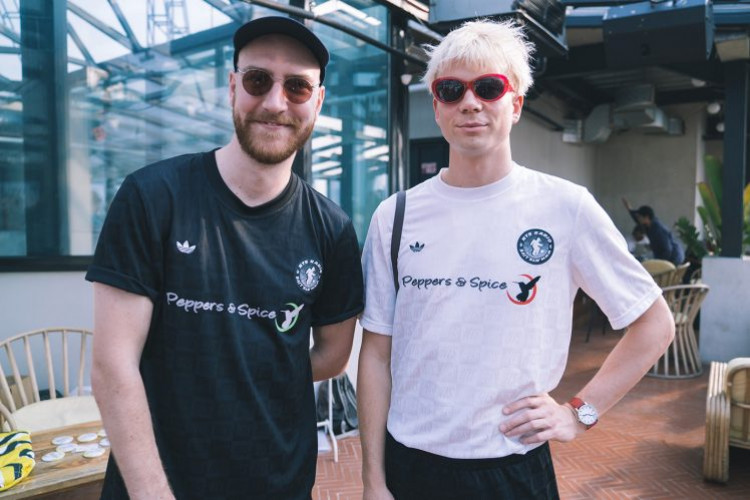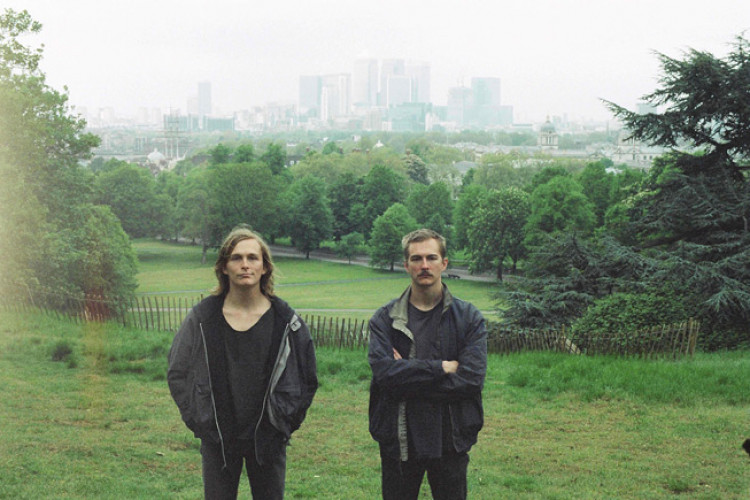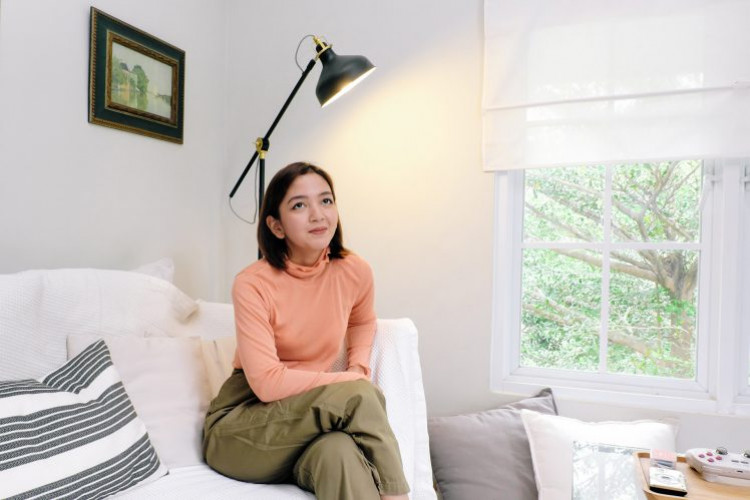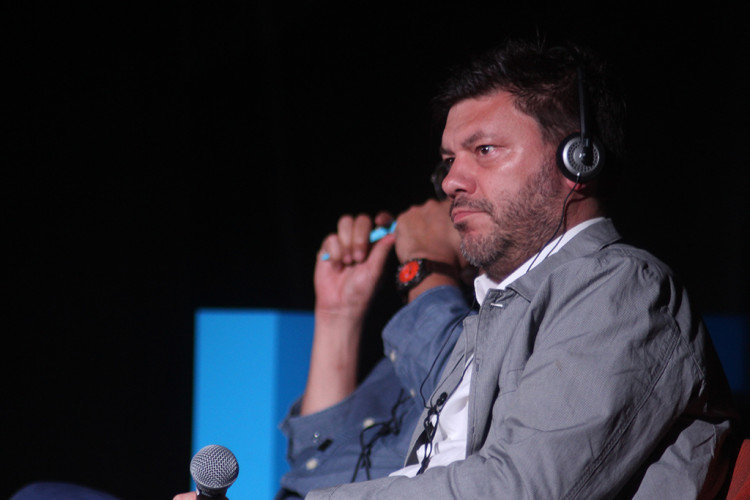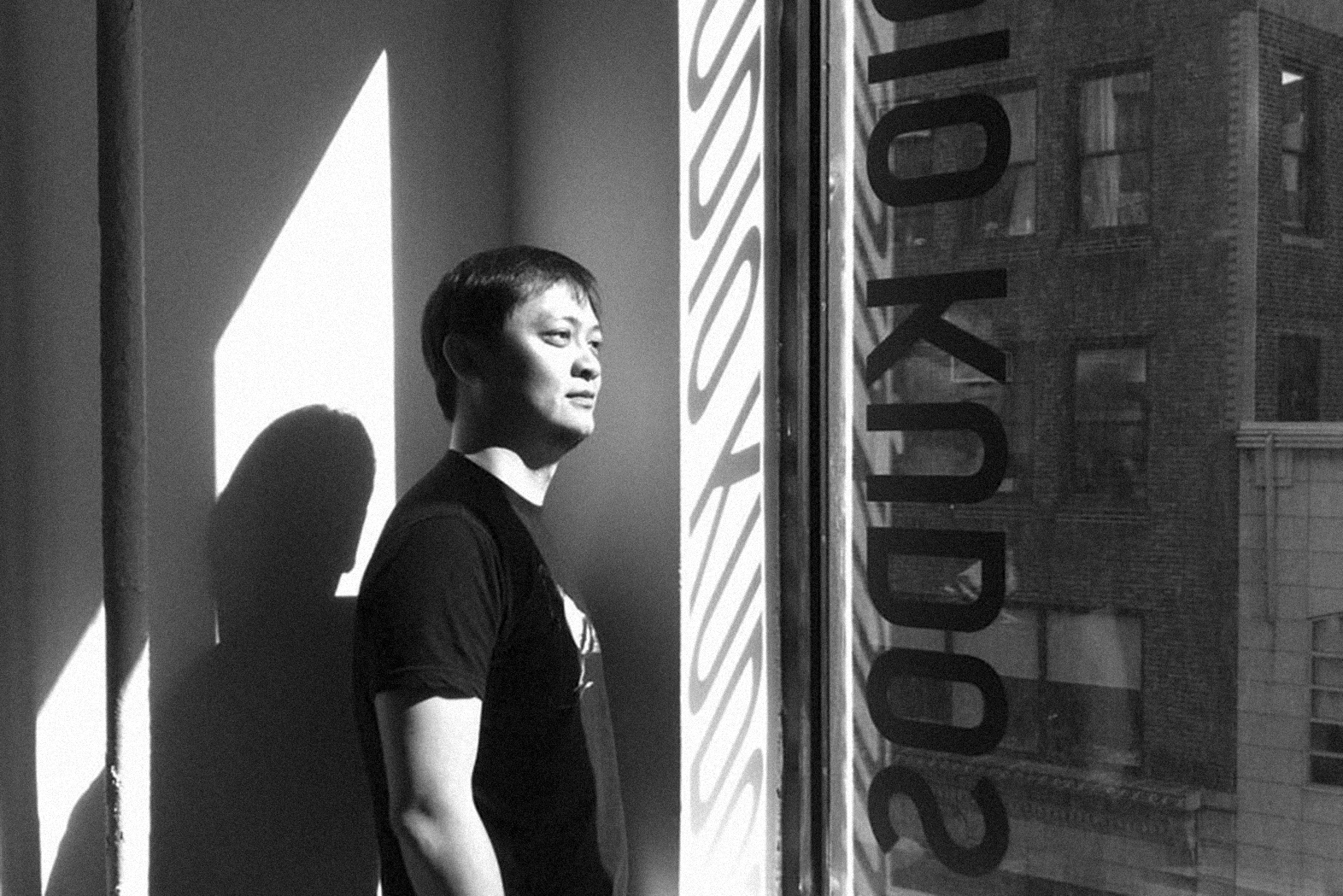
Designing Authentically, Not Originally with John Kudos
A conversation about design and technology and its relationship to society with John Kudos, founder of KUDOS Design Collaboratory.
Words by Whiteboard Journal
Text: Wintang Warastri
Design is as much an art as it is function, John Kudos confirms. Having founded KUDOS Design Collaboratory after his seven-year stint at Pentagram, John has lived and breathed graphic design for over the past two decades. Started from his partnership with Kiki Katahira, the studio has now grown to be a multi-city design firm that prides itself on its consistent combination of design and technology to convey the intended message, with careful consideration towards the context of what each audience in each country needs. From exhibition to publication, both online and offline, John and his studio have tried it all and are excited to try on some more.
How did you get your start in graphic design, and how has your journey been in turning your passion into your line of work?
It starts from high school. Back then when I was thinking about studying abroad I was still in Bandung, and there were a few of my classmates decided to apply just for fun and see what happens, and that’s how we started. We found a few art colleges in the States, and I applied to the Maryland Institute College of Art (MICA), so that’s how my journey began. I knew I was interested since the beginning, I have been drawing comics and just doing more artistic things, but I wasn’t sure because in high school in Indonesia there was no focus in art whatsoever back then, back in the days. So that was an interesting opportunity and I got accepted with some conditions that I had to take a summer program, maybe because they were not sure if my English was good enough, and maybe they saw that I didn’t have any art training. It was good enough that I had the courage to apply [laughs]. I didn’t know this, but one of the directors of the program was actually the curator of the National Design Museum in the States. She just started there a few years before I got there and that was a game-changer for the school. She was one of my favorite teacher for the history of graphic design, typography, all those things that I think are the foundations of what I do today. There were a lot of struggles in the beginning when I was there, especially with the economic crisis in Asia in 1997/8, that happened during my second year there and I almost had to go home but I insisted on staying. That was quite dramatic, but I remained persistent and somehow found my ways to do it, I transferred to a cheaper school for a year and in the meantime, I was still taking all the graphic design courses that I needed and was able to transfer back, and eventually everything paid off after four years. I graduated and I was going to move to New York right away because I was interested in the web, so this was like 2001 and Flash was still really hot, it was really trendy. I got into hacking it, that was pretty early and it was still called Macromedia Flash, a lot of my classes were using it and somehow I got pretty good at it so I wanted to go to New York to do just that. There was a boom at that time too, a lot of cool websites happening. But luckily I didn’t, because when I graduated one of my professors asked me if I could work for him and he’s actually one of the partners in Pentagram. He was teaching there every other semester, and during my final year, I guess he liked what I did in class so I got a recommendation from Ellen Lupton who was the curator of the National Design Museum. So everything was connected, and right after graduating I ended up working for Pentagram. That was a really lucky time for me and I didn’t realize it back then, I was just like “I’m going to move to New York and I’ll figure out something.” I knew I was pretty good at what I do but I didn’t know how big of an opportunity that was, to actually got a job at Pentagram right after graduating.
When we have more control over the things that we do everyday, those are what are called the designs of everyday life.
That is how I started back in 2001, it was a very different environment from school because in school you are creating things for yourself, but at work, you are creating for the people. On top of that you have a creative director looking over your work, so that was an interesting transition and I end up working there for seven years. That was a really long time and I learned a lot from that. Most importantly, I was doing something that wasn’t what I expected to do because initially, I wanted to be this web person, but I realized that I actually learned so much more from working there because I was exposed to all these amazing projects and I ended up learning everything there and that is what I do now with some twists of my own. I learn about branding, exhibition design, book design, magazines, creating systems, the only thing that I wasn’t doing during my seven years in Pentagram was more of those digital interactive projects. So when I left that was the first thing I was eager to do. I have been missing that, and I was taking what I’ve learned so far and combined that with my interest in digital explorations. So that is how Studio Kudos started, it was between me and my partner Kiki [Katahira], it was just the two of us.
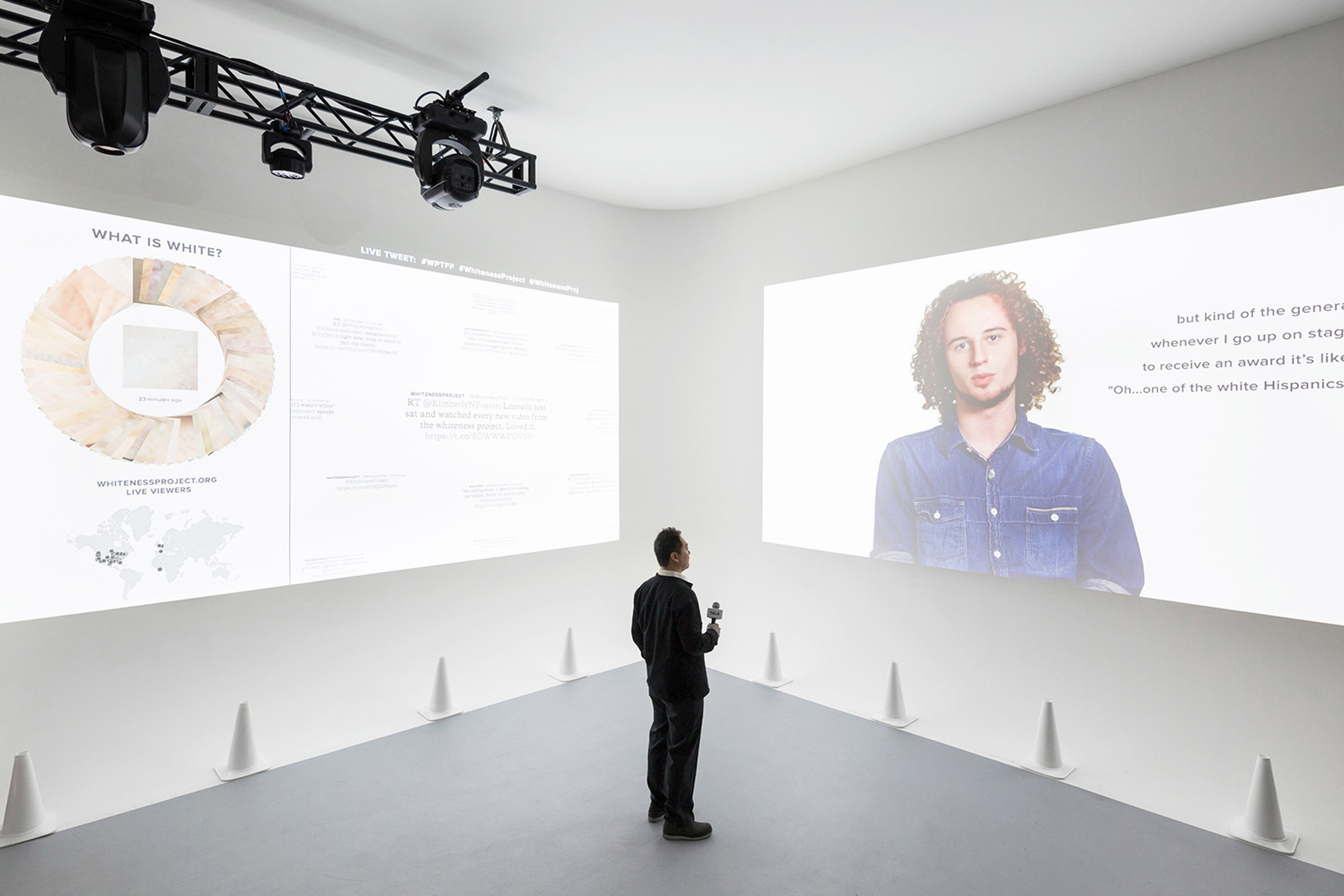
Photo: Kudos.nyc
I actually recognized Pentagram from the Netflix series “Abstract” with Paula Scher as one of its episodes. One interesting take away to me from Paula is how design impacts the everyday lives of people. Do you share that belief, and how so?
Yeah, so would you consider yourself a designer or a maker?
I would consider myself as a creative person, but definitely not those labels. I don’t exactly build or make things with my own two hands. [laughs]
Right, so there are some influences I think early in my career, Ellen Lupton and J. Abbot Miller were the stronger influences, they wrote a book about how designers are editors. The example specifically was if you’re designing a book and writing at the same time, then all these things happen, and the idea is that when we have more control over the things that we do everyday, those are what are called the designs of everyday life. This is stretching it further than just graphic design but I see graphic design as just one of the things that I do, and when you hear people say design-thinking and all those things, they make sense to me. I kind of live everyday through design, I think about things in how I would design them, why is this design better and how this is improving my life every day. So I do believe that graphic design should exist more in our public realm and it does influence how people interact with each other, with everyday objects.
One of the things I like to do is travel, and the few times that I went to Japan I was so impressed with how everything is well designed and they are just like the smallest things. They are like here’s a better way of handling a map, here’s a better way of informing people when is the train going to arrive, I can compare that to how New York is handling these similar things. I can immediately decide that this is well-designed and that makes it easier for people to understand, or that this makes people more comfortable while waiting because they see information live. I’m giving this example so you can maybe see it easier, how I think design affects everyday life.
I can immediately decide that this is well-designed and that makes it easier for people to understand, or that this makes people more comfortable while waiting because they see information live.
Do you see design in the public as something that is underappreciated? Especially in terms of society in general, people tend to not think about how things can come together, design-wise.
Once people do acknowledge that there’s a huge value in bringing design in the creation of everyday life or how to improve it, there’s a major difference in the outcome of the project. I say this because I work with a lot of non-profit in New York, some of which you may find interesting is called CUP or Center for Urban Pedagogy. They are one of our clients and their sole mission is to make government policies easy to understand. That is the only mission that they have. They get their funding and they work with designers to distribute information about important policies, such as one of the big things here in New York is about eviction. If you rent a place, can you get evicted? There is a lot of abuse of this rule because a lot of immigrants don’t understand that, they don’t speak the language. And so one of the projects that they’ve done is creating these little flyers in different languages, they would go to Chinatown and provide these flyers in Chinese explaining that it’s your right to do this and this, they can’t kick you out when you have these documents in your hands. It makes sense to them, it educates them, and it solves a big problem. How do you solve that problem is through design. You know that when something is designed for the right people it contextualizes that way, it gets the message across and it solves big problems.
Another client that I work with recently is the Poster House Museum, one of the works that we did is the Poster Machine which was a tool that allows people to design their posters, and in the process of doing that they can learn about the history of posters, elements that make a good poster design. What the president of the museum said was that good design is often assumed to be naturally occurring by practitioners, most people will only notice bad design if they notice design at all. Good design, sometimes you don’t even realize that because it’s so transparent, but when it’s bad you’d notice it because you complain about it.
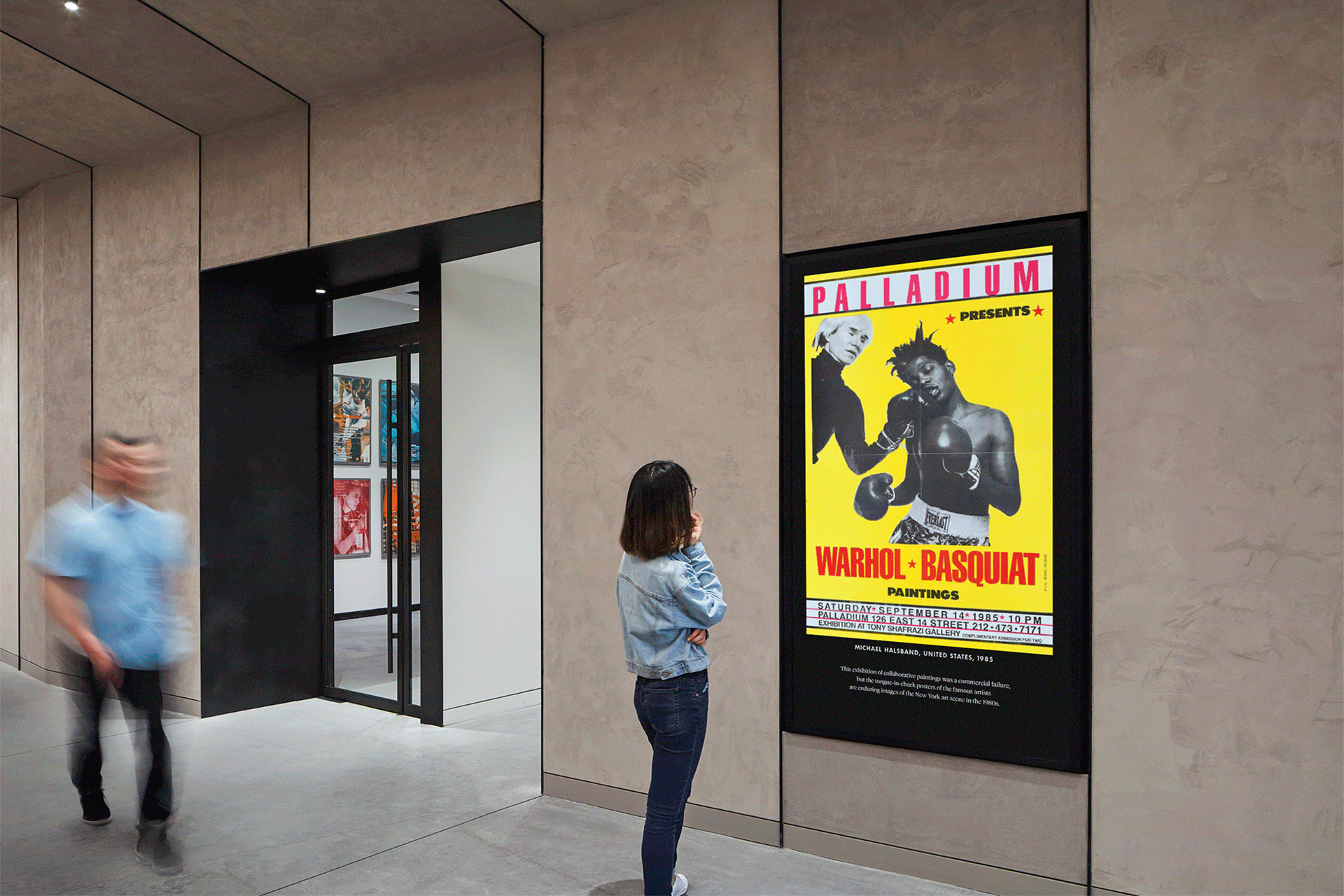
Photo: Sam Morgan Photography/Kudos.nyc
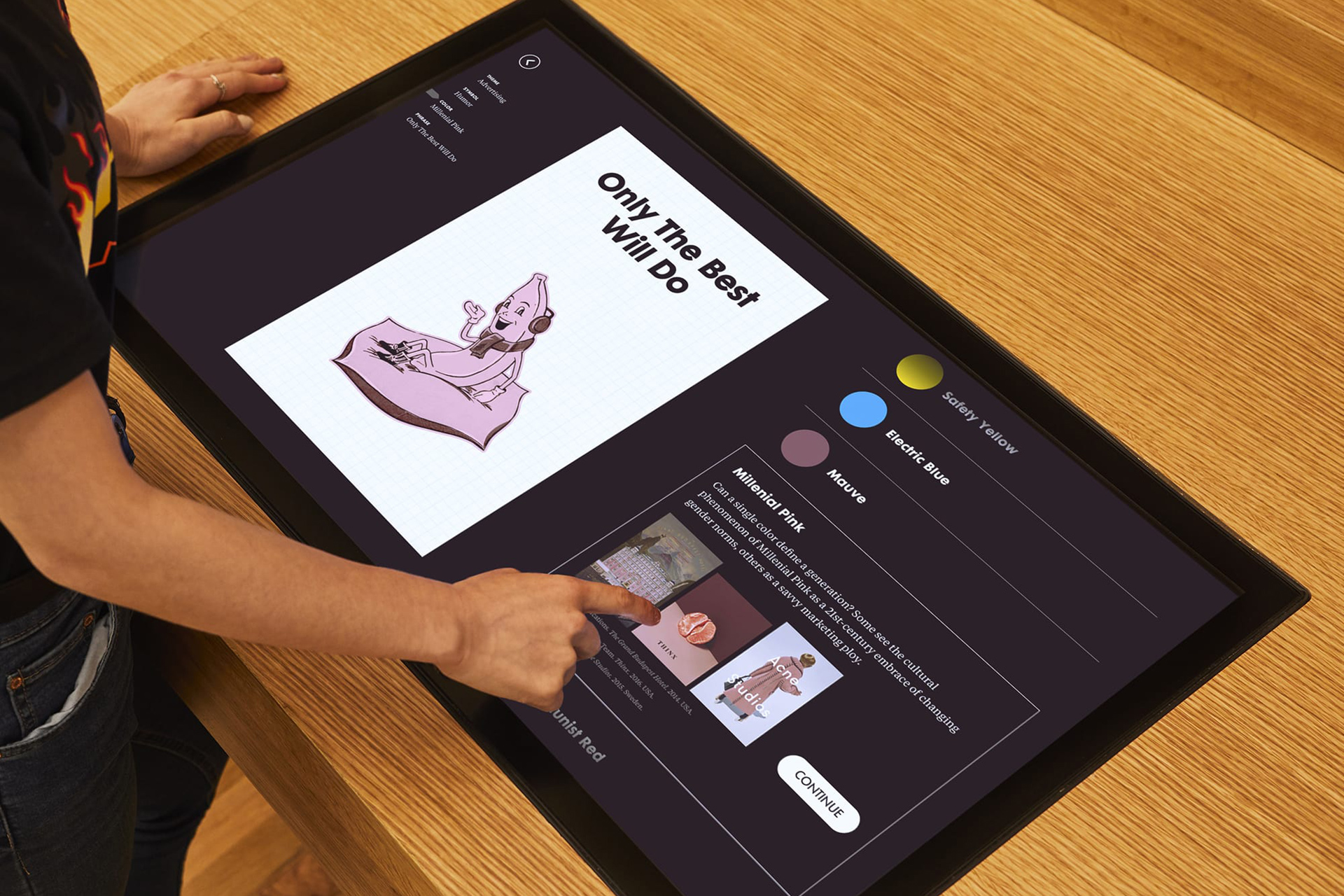
Photo: Sam Morgan Photography/Kudos.nyc
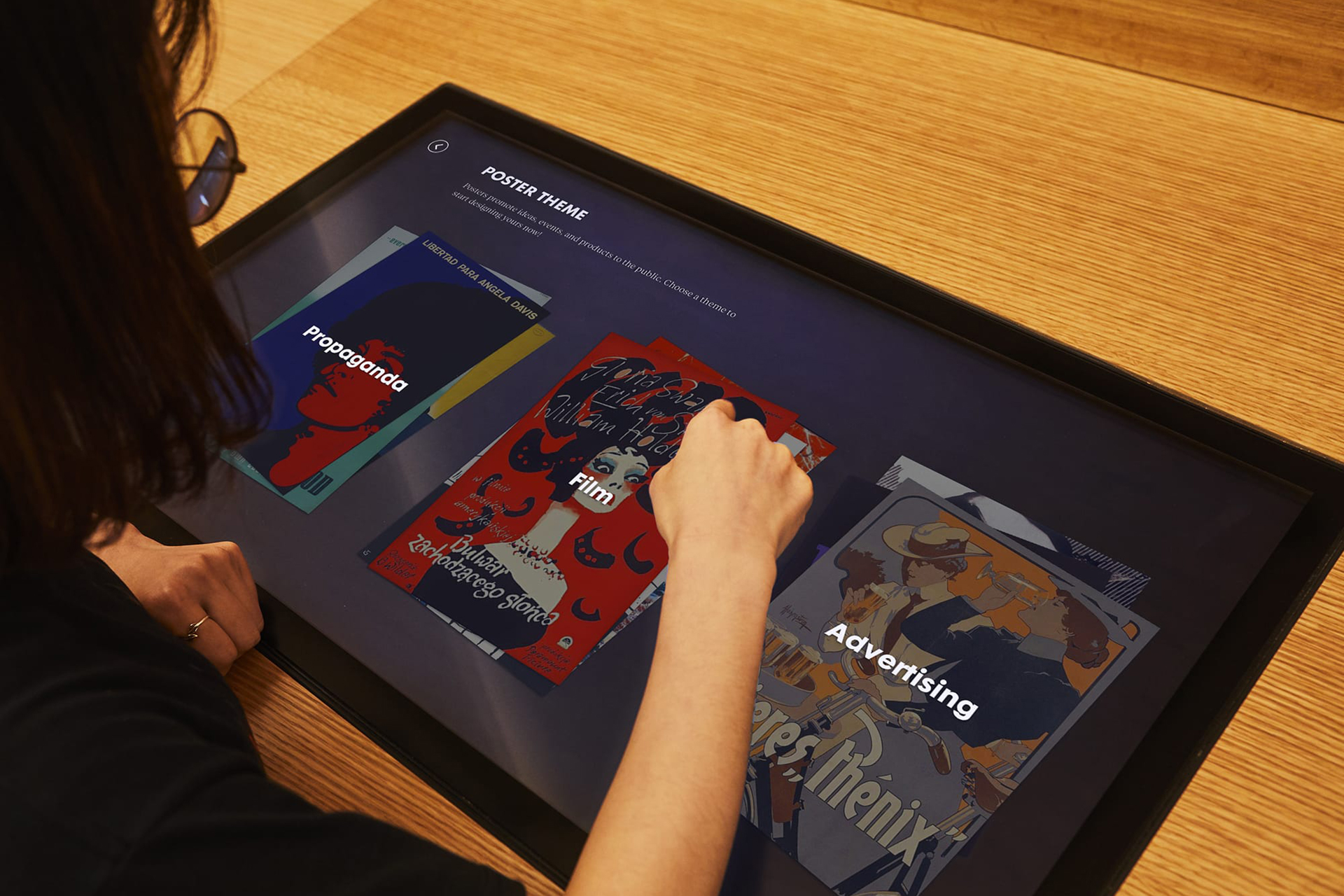
Photo: Sam Morgan Photography/Kudos.nyc

Photo: Sam Morgan Photography/Kudos.nyc

Photo: Sam Morgan Photography/Kudos.nyc

Photo: Sam Morgan Photography/Kudos.nyc

Photo: Sam Morgan Photography/Kudos.nyc
Photo: Sam Morgan Photography/Kudos.nyc
Right, it is easier to point out flaws rather than to appreciate the good in a lot of stuff.
There’s a lot to this topic, we can have a whole lecture about it, but I think on the surface, the beginning of this is really about to get people to understand design, how they can incorporate it into their projects especially those that influence people’s lives because it can make all the difference. What most people don’t realize is how hard it is to design something extremely positive.
Since you mentioned your project that delves into the community, speaking of creatives in society, what do you think are some of the social responsibilities a designer possesses if any?
That is a tricky question, I go to work every day worrying about do I make enough money, right? [laughs] You enter your office and it’s hot, what do you do? You turn on the AC and then it hurts the environment. There’s this dilemma, and essentially I have to do certain things in the business to stay afloat, but then in the process of doing so, Once people do acknowledge that there’s a huge value in bringing design in the creation of everyday life or how to improve it, there’s a major difference in the outcome of the project.
I can hopefully start to get involved in projects that have those social impacts. The challenge, from my perspective, is that there are two options that I can go about doing this. I can run the business and then engage with organizations and institutions that are actively trying to make the world a better place to live, or I can initiate my projects. I say this because the second option is something that we’ve done a few times, about two years ago we brought the Type Directors Club (TDC) exhibit to Jakarta and that was completely self-initiated. Nobody hired us to do it, and I just thought can we help provide more exposure to Indonesian graphic designers to international-level work because the TDC does this design competition annually and the winners get exhibited in New York, while also I found out that they also have trouble exhibiting to other countries, and I thought let’s just brought it to Indonesia. I had to coordinate a lot of things myself, and we were very lucky to have the support of ADGI. That was the second time that we did it, the first was about seven or eight years ago. It was really good, it was really fun, it was really expensive, [laughs] which was why we had to pause it for a few years, and I thought let’s do it again but more properly this time. These self-initiated projects, I’m not saying we can solve the world’s hunger but it helps us progress collectively, bridging the gaps between what people can see and touch in Indonesia and abroad. It gives more opportunity for people to bring in their perspective.
Seeing how numerous of your projects consistently lean on collaboration and how they can work in a larger scale, what would you say are some of your most held design principles, and can you share about why and how you use them?
I often say that we’re easy to work with, and what I mean by that is I see every project as an opportunity to collaborate. At the beginning of the studio’s founding, I try to do everything myself, then it reached a point where I realized that I could just get someone else who’s better at this to help me with the project. Eventually, I get more projects that required even broader talent pools, and at that point, I thought to myself is my role really to design this thing myself or to be the creator of this, because later I realized that what’s important is that the project happens. If the project happens, then everyone involved would be happy and you can call that successful. So I started to shift my position to oversee things. Using my background as a graphic designer and a hacker-programmer, I can connect a lot of things that I understand with the right people that I know to produce things that are somewhat magical.
When something is designed for the right people it contextualizes that way, it gets the message across and it solves big problems.
One of my core principles is that everything that we do needs to be engaging and relevant, it needs to talk to people and it needs to communicate the right message, and of course, the hardest part is to make it timeless so that something that you create today doesn’t get old tomorrow. Those are the things that we try to achieve in all of our projects. The process usually involves a lot of collaboration and experimentation, and we’re not afraid of things that require us to test different things especially when they’re involving technology, we’re actually excited to try new things. Good typography is another core DNA, and user-friendliness too.
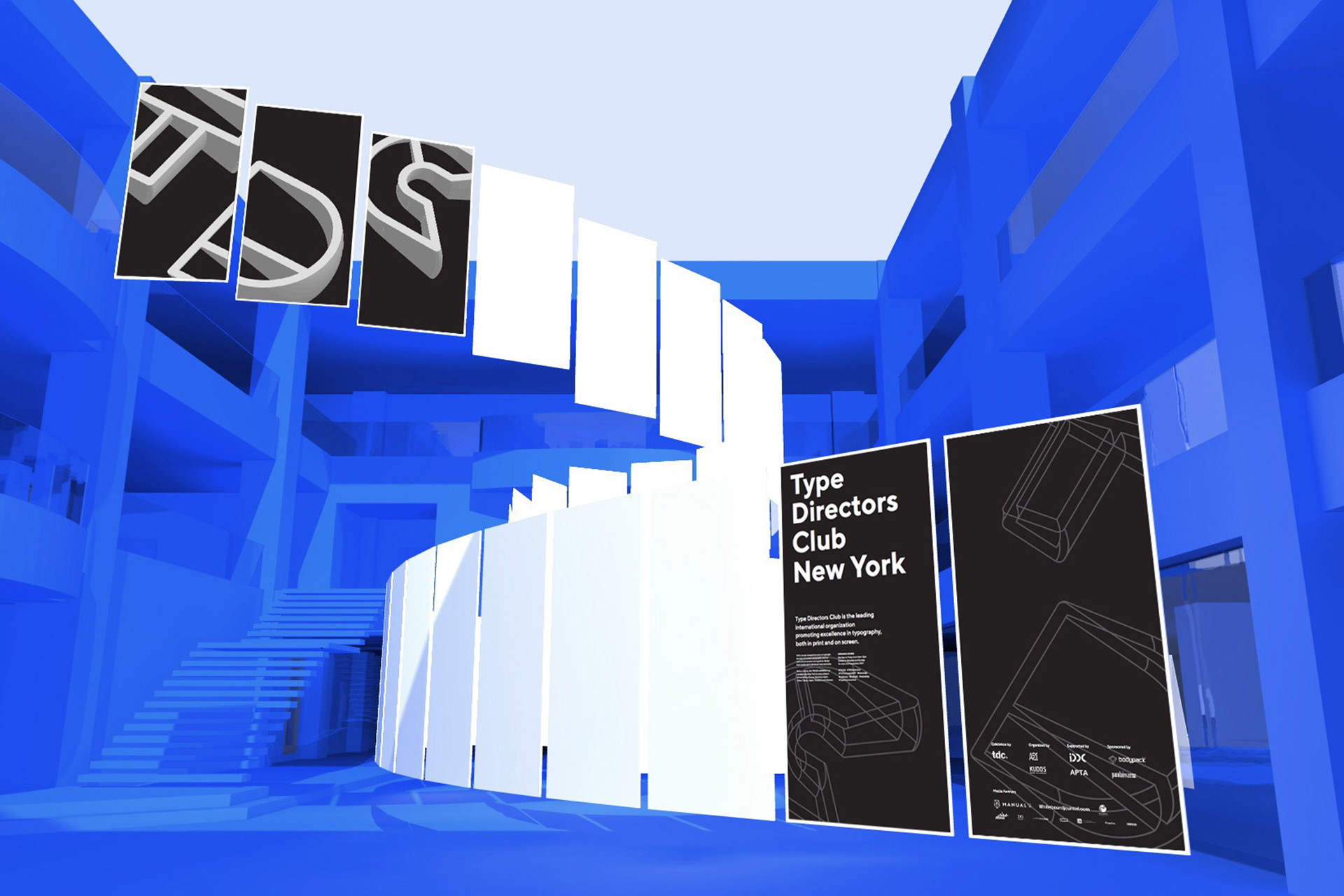
Photo: Kudos.nyc
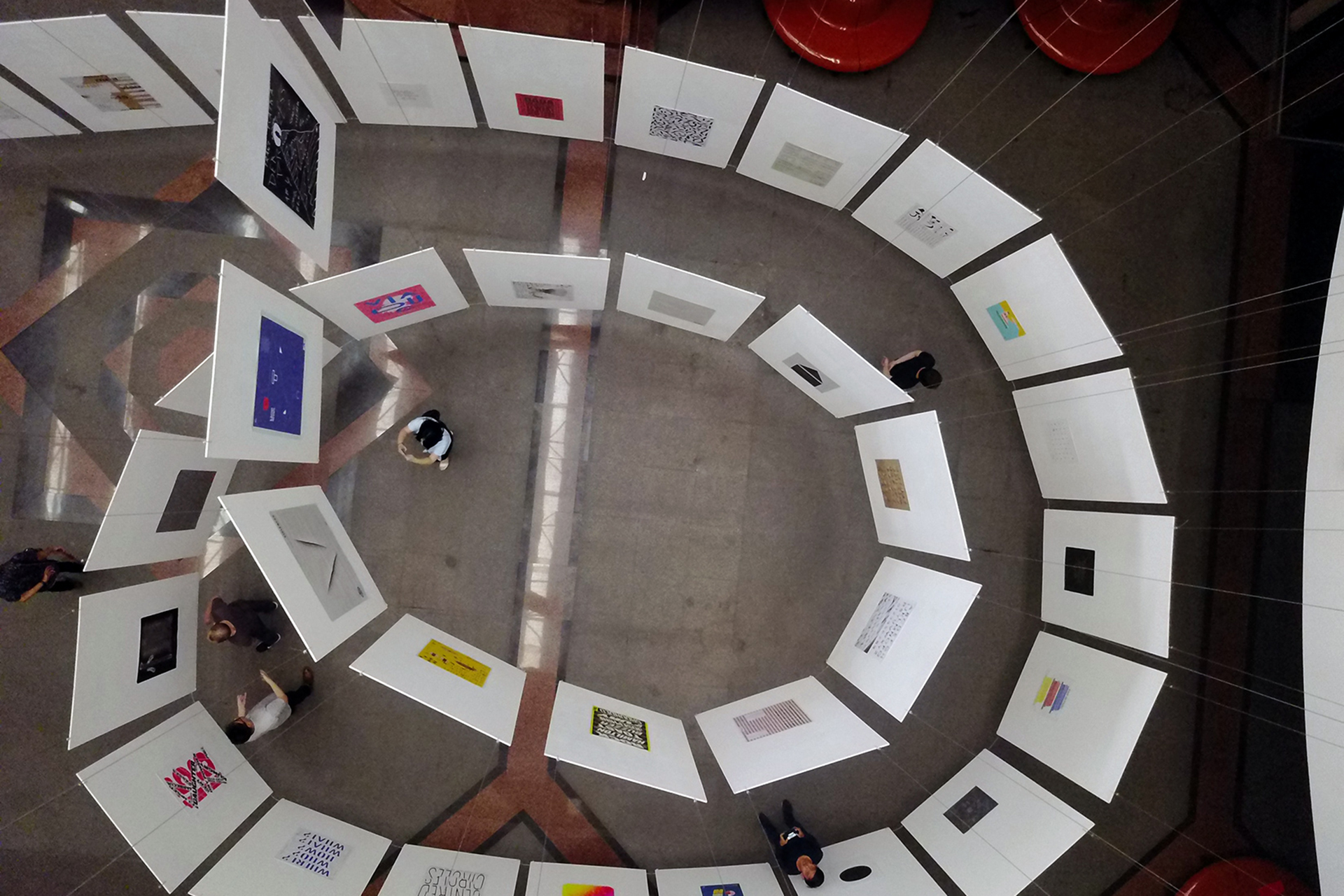
Photo: Kudos.nyc
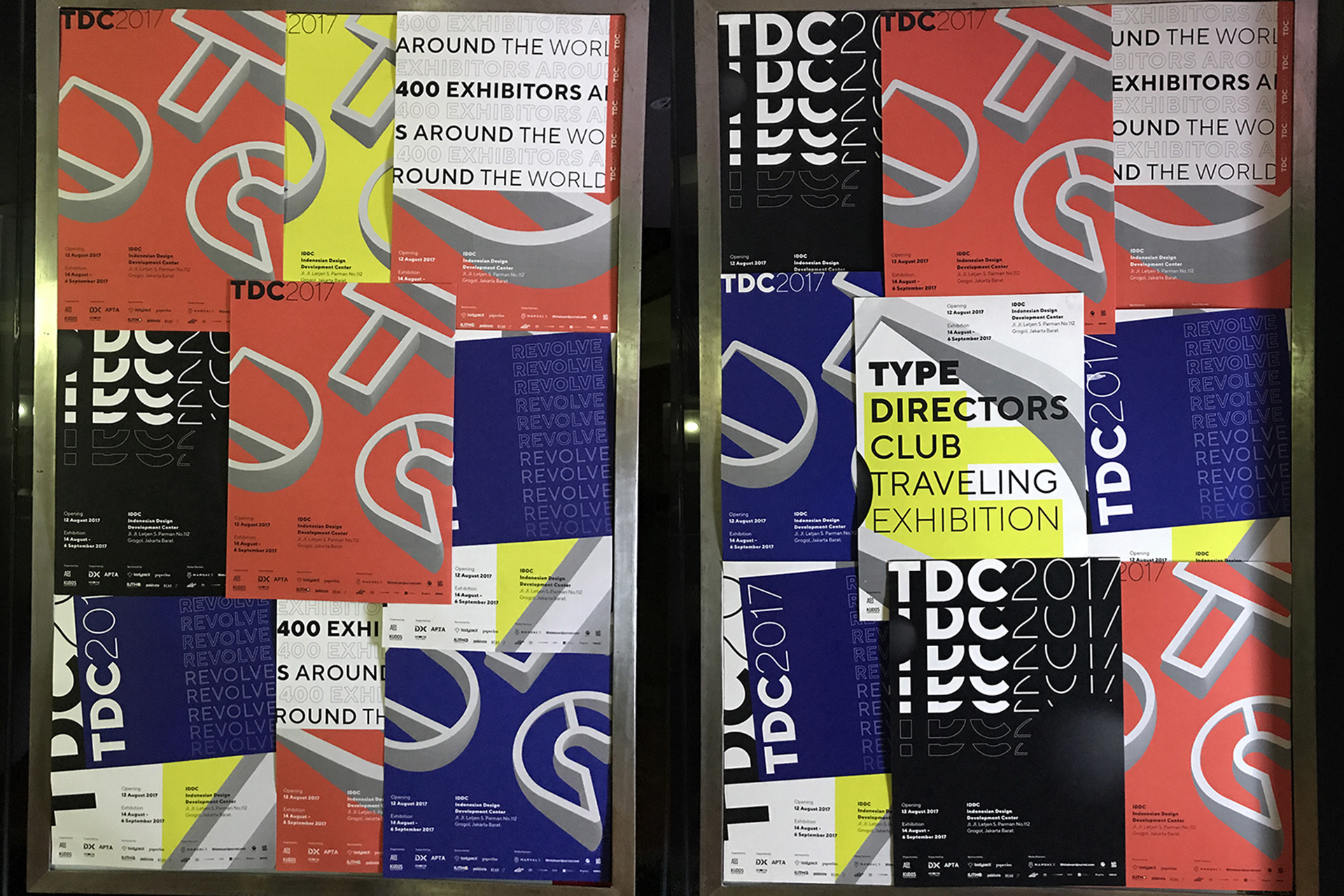
Photo: Kudos.nyc

Photo: Kudos.nyc

Photo: Kudos.nyc

Photo: Kudos.nyc

Photo: Kudos.nyc
Photo: Kudos.nyc
Speaking of design in the digital era, KUDOS has a diverse experience working with both online and offline output, such as the Guggenheim‘s members’ magazine which shows a clear interest to the print medium despite the rapid growth of the digital era. How do you think the intangible and tangible mediums complement each other?
I would say that that’s actually one of the distinctive qualities of KUDOS, that we’re not afraid of changing mediums. In fact, we feel that it is liberating if a client comes in and says “we got this book project,” we would ask them why are they doing that, what is the purpose and then if we realize that it is more appropriate for it to be done as a website, we will propose exactly that because we can do it. I know some design firms who would be alienated by the idea that they have to involve another firm or IT company in developing the project, but we never feel that way because like I said we are flexible about how we do things. Our focus is more about understanding the purpose of the project and implementing that in a way that makes sense in any medium. I say this because if you ask me how I would handle any project, that is how I would do it. Then again, some clients do show up and say “we just need a book, give me a website.” There is not a single project that we encounter in the last few years that doesn’t involve both tangible and intangible things, and what I can say is that there are certain things that are better said digitally, and other things that are better experienced tangibly.
What most people don’t realize is how hard it is to design something extremely positive.
In the case of the magazines for Guggenheim that was done many years ago, and now a lot of museums have stopped producing printed magazines. Why is that, because the cost is a factor and also people consume news differently, but still there are things better said printed, right, so say we stopped doing print and shifted everything online, that’s fine, but that presents a completely different problem of communicating and distributing information. You get a lot of emails, a lot of e-blasts, Facebook invites, Instagram notifications, which ones are you following? How do you make sure that these people get whatever you are posting? And sometimes it’s irreplaceable, so sometimes you still have to do maybe a smaller run of magazines so you can still get the intended message across. Sometimes I also view that nowadays printed things are more delicate compared to print projects ten years ago, we now get to think more elaborately so it’s becoming a rare commodity in a way. We get less print project nowadays, but when we do get to do it we try to propose bigger ideas because it makes it that much more important to create this tangible experience, it can’t be just a simple saddle-stitched magazine, you need to have something extra to get people to want to open it.
There’s almost a precious quality to tangible things nowadays I suppose, like how people are starting to collect stuff like recordings and rare books again.
Definitely. There are pros and cons, and if you believe in those sorts of generational division, that certain people behave a certain way, I read that I’m somewhere in between and I kind of feel that way for a long time. I understand the millennials but I also understand the other side, I can appreciate both. I started to collect posters again just like you said, it’s a precious commodity now, more and more people are thinking about appreciating experiences as opposed to ownership of products. I would rather travel because I get to experience things that I can remember. This is also something that we try to focus on, we try to focus on the design of experience as opposed to only tangible graphic design, in our daily practice I go to work and I will be working on six different projects and they are all in different formats, and I love that feeling that I can just quickly switch between different parts of my brain, it’s liberating to be able to move around and work with different mediums every time.
Design in the digital era seems inseparable from the influences of social media, with its bubble and echo chamber effect that tend to present similar aesthetics repeatedly. How can a designer still show their distinct character despite this phenomenon?
I see every project as an opportunity to collaborate.
If you’re asking about how to stay original in your work, everybody is influenced by the same media tools nowadays. This is true I believe, especially ever since Google became the dominant search engine and there’s Google Images. I think the question to me is not about how do you stay relevant and create original works, it’s more about how do you stay authentic to yourself and your work. This is something that I have been witnessing more and more when there’s a shift in trend, if you look back to ten years ago there was a trend for minimalism in design, and then things get more lively and colorful, and then there’s flat design, material design, these things come and go. I think the function of social media is to just be in the know of what is happening right now, what are people reacting to, as one of my core principles like I mentioned is how do you stay timeless. To me originality is overrated. There’s nothing One of the distinctive qualities of KUDOS, that we’re not afraid of changing mediums.
original anymore, maybe one in ten million, because everything has been influenced by something or someone. I believe in my image, my background, those are mine to own, which makes it about authenticity to me. Now people interpreted that differently, does that mean it has to be hand-drawn stuff, calligraphy lettering? Yes, you can go that route, but even using the same tools that everybody designs with, you can still assert your authenticity inside that work. But what I’ve realized over the years through hundreds of work is that when people look at our website and our portfolio they start to have these keywords, something like this or that and I don’t come up with them. I don’t assess myself and my work in that way. The thread just organically happens, we started to attract similar types of clients, clients who appreciate the things that we do, to me this is the beginning of a good design client relationship because when they hire us they are expecting to get a certain type of quality along with the authenticity that I bring to the table.
For example, I was working with a documentary filmmaker in New York, and he does very edgy work that explores a lot to do with race, gender and how those impact everyday life. He said that whenever he produces work, he always asks these three questions; why am I creating this project, he’s a filmmaker so he needs to think about what is the subject of the story, and why now, meaning this has to be relevant to people right now, and then why me, to ask why me is to ask what am I bringing to the table that nobody else can. “Why am I doing this” is where there is engagement, “why now” is the question of relevance, and “why me” is the authenticity part.
Originality is overrated.
So then do you believe there is a shift of what it means to be original and creative?
I mean, can you really answer that? [laughs] I have a guitar sitting in the bedroom and I touch it sometimes, but I’m not a guitarist. I don’t know how to play original songs, how do I come up with songs originally? It’s like when you think about classical musicians, they play the same concerto over and over, how do they make it theirs? They go through rigorous training year after year to master their instrument, and then somehow people recognize that this is their original. When one person plays it sounds very different from other people, what is that? Where is that coming from, obviously everyone had their training. So you see, before you can achieve that level of originality, you have to go through the training that everybody else’s doing, right. Learn about the basics of graphic design and branding. There’s a lot of technical knowledge involved that I think students [of graphic design] often confuse it as the creative work, but to me, those are purely technical. The first time I picked up Photoshop I was amazed by all the things that I can do with it. The work becomes the product of the tool that we were using, but then one day I realize that I can use this to do something different and combine it with other tools. That is when I realized it was just another tool that I can use to express my design, but until you go through the rigorous training, the years of creating many works, I don’t think you’d be able to find that voice that says “this is me, this is how I design things.” That is something that you will discover through the process. I don’t think – especially in the case of young designers – they should be aiming for originality because I think that would make it a short path. You will find that you can’t do that very easily, then again I know a few people whose aim is to own a certain image in their design work. I’ll give you an obvious example, there’s this designer who uses crazy color combinations and he animates them. Those are the two things that I see him do over and over, and every time I see something similar I will just think “that’s this guy’s work,” and people expect that from him. So now, is that original? Not at all, anyone can use 50 colors or super bright colors and one can animate that way, but it is something that he’s able to own as an authentic work.
Say we stopped doing print and shifted everything online, that’s fine, but that presents a completely different problem of communicating and distributing information.
The other part of this is that you’re not doing design work for yourself because you can make everything pretty or beautiful or depressing or edgy or groundbreaking, but all those things would only be categorized that way if people see it that way. You put something on the web or social media, you send something to your colleagues and clients and they started to say these things, “this is so fresh,” “this is very cool,” those are their words, not yours. There is a lot of overlap between art and design, and the biggest distinction to me is that design is art, but design is also practical. It has to be functional, some designs aren’t that functional but to me, good design has to be aesthetically pleasing and it needs to be functional. It has to solve a problem or it needs to say something that it is intended to do.
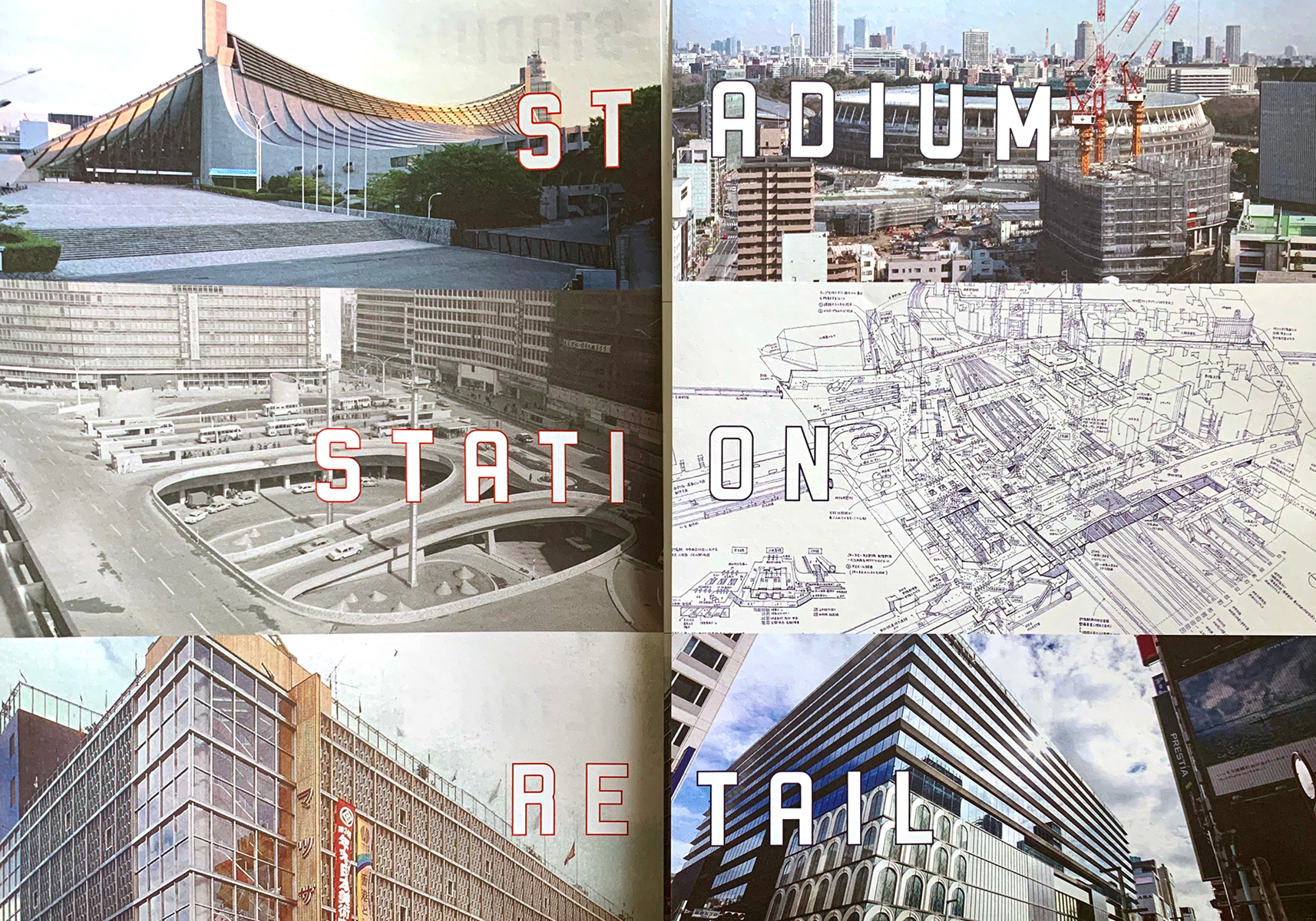
Photo: Kudos.nyc
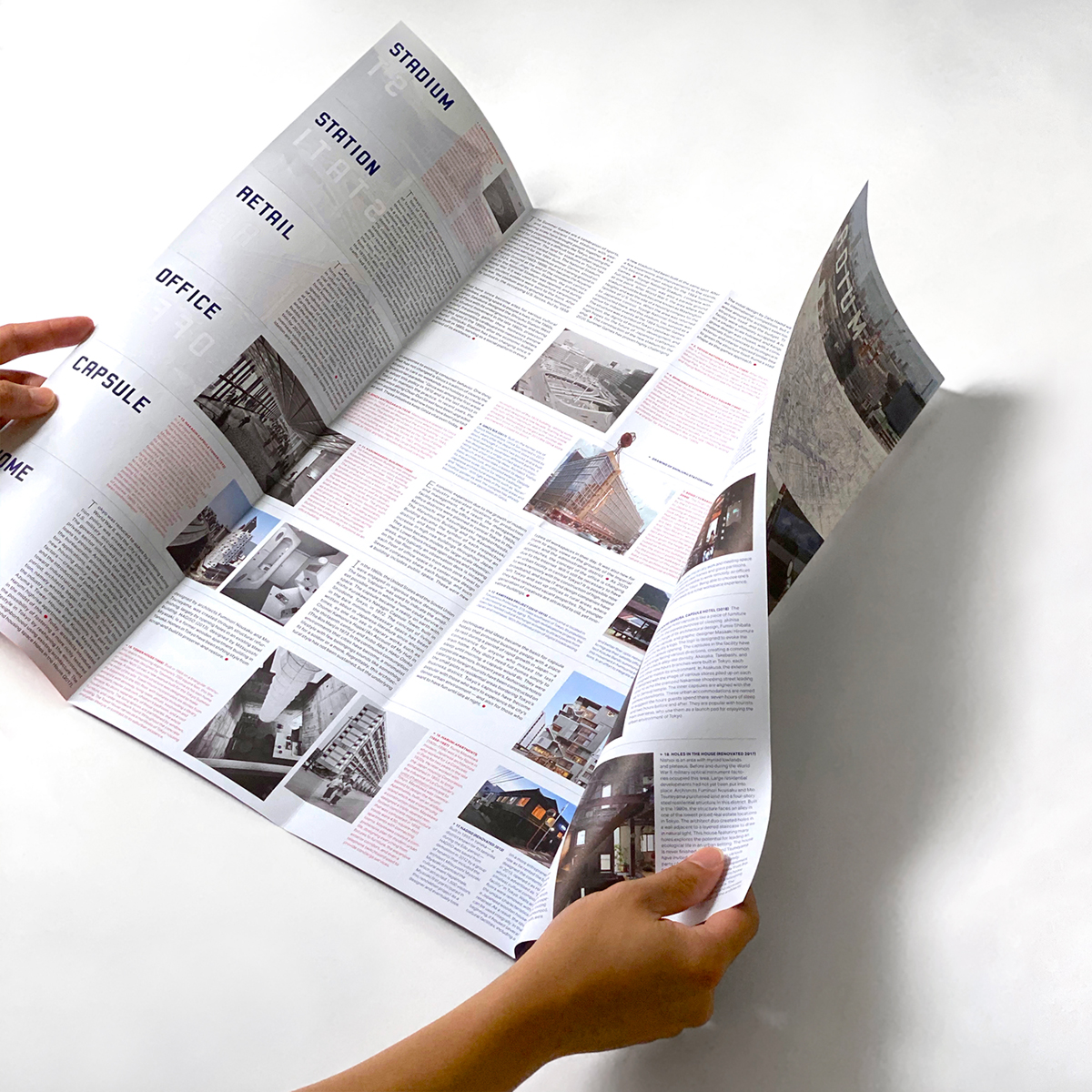
Photo: Kudos.nyc
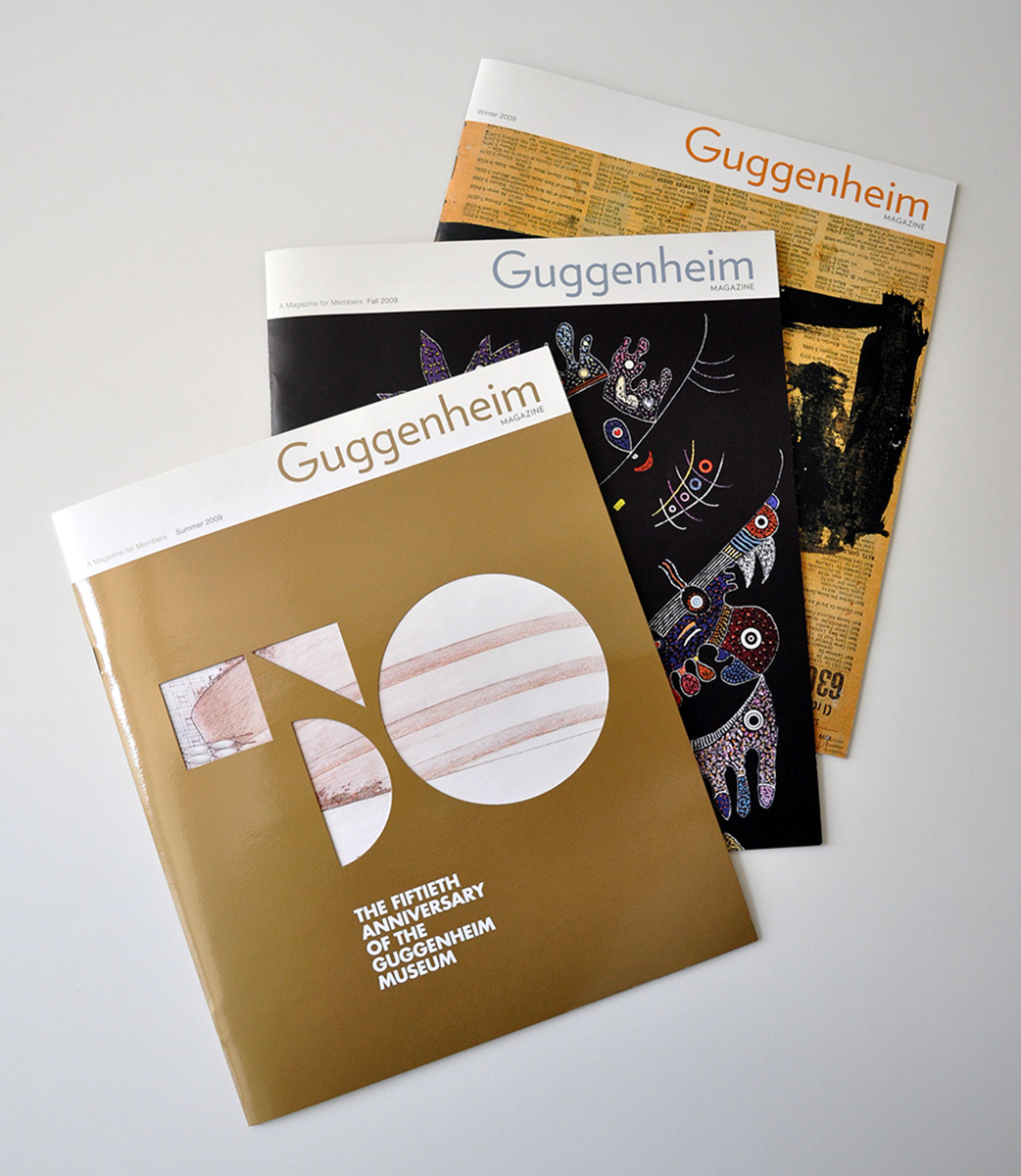
Photo: Kudos.nyc
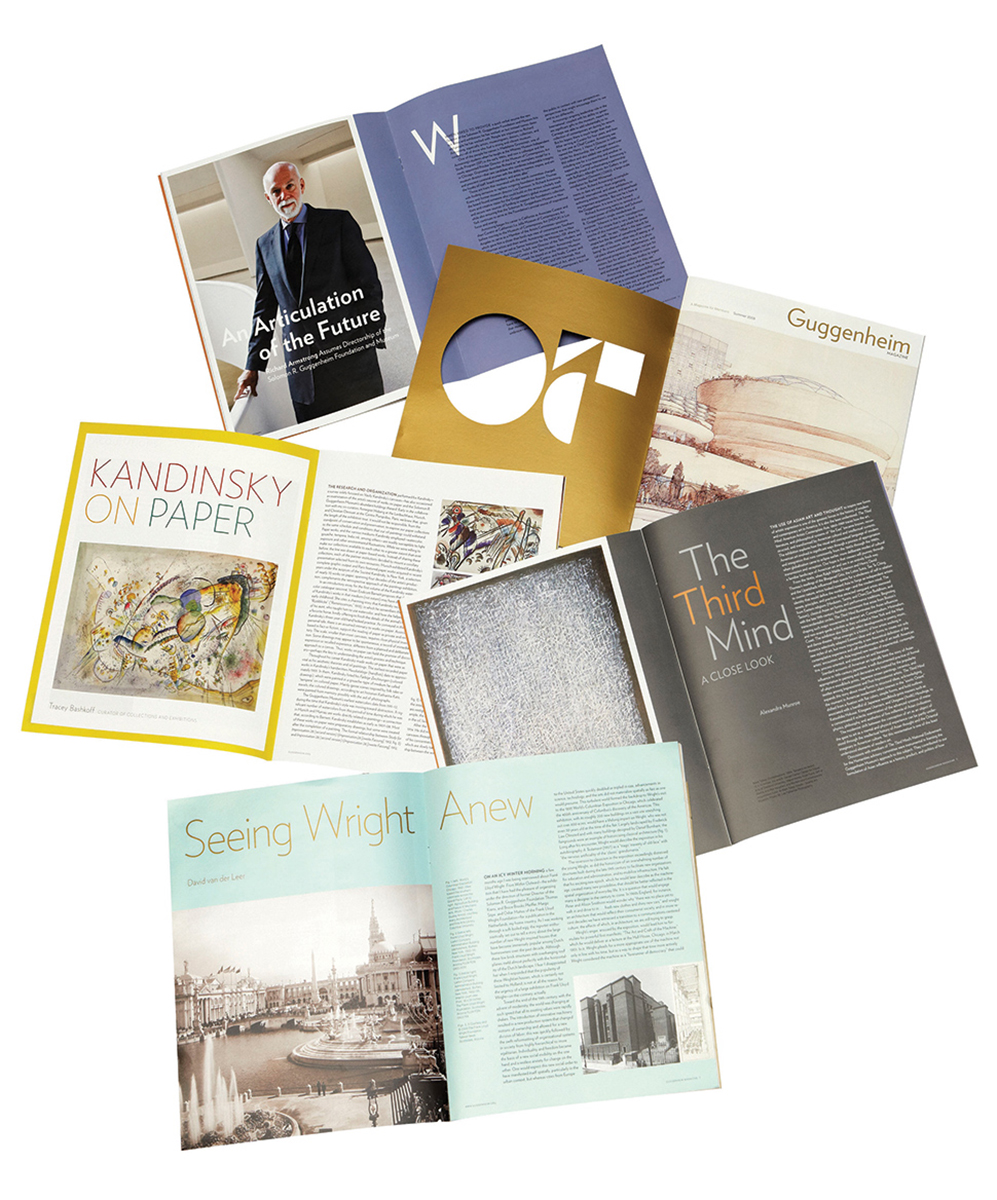
Photo: Kudos.nyc

Photo: Kudos.nyc

Photo: Kudos.nyc

Photo: Kudos.nyc

Photo: Kudos.nyc
Photo: Kudos.nyc
KUDOS Design Collaboratory has now been standing for just over a decade. What are some of the most memorable experiences that the studio has gone through, also are there any shifts in terms of its character and working process since its initiation?
From the very beginning, the idea of KUDOS is actually to combine two approaches in graphic design. I used to work in Pentagram and my partner used to work for 2×4, another respected design agency here. It’s funny because when I visit their studio I see how they work, and when my partner visit mine she sees how we work, they are two very different practices but the work are both very interesting. Originally the goal is to combine those which worked for a few years, but eventually, we wanted an image of our own, naturally. So what happened was that we started to realize that we don’t want to be known as the people who used to work for X and Y company, and over the years after that happened people sought to work with us for what we are.
Our position is that we use graphic design and technology, it’s a 50-50 split, and we are comfortable shifting from one medium to another, and to me, this is one of the distinctive qualities of us. Even in New York, where there’s a lot of graphic design practices and agencies I don’t know very many companies that do this, usually, they’re either strictly graphic designers or technology developers. So with us, it’s a very different practice, a very different process, ways of executing and selling things but I can see them working together, because – this is my personal opinion – I don’t think you can create very well if there’s a miscommunication between design and technology. That is a very simple example, and the moment I realize I need to work with other people that is where the name of “collaboration” began. I trademarked “Design Collaboratory” around five years ago, so that is now a tagline of ours. Why I did that, because it was something that has been lingering around that time, it was running in my mind in terms of how do we make things, what is our process that is different from other people. It all comes down to how we love to collaborate because when you bring the right people into a team to execute a project, the outcome becomes that much better. Of course, you have to be selective about who you bring to the table. And we like to experiment and go wild sometimes, so that is the laboratory aspect. Hence the word “Collaboratory”. What we think is specific to what we do is everything has to be designed well, which makes it a self-explanatory tagline.
More people are thinking about appreciating experiences as opposed to ownership of products.
Another pivoting moment of the history of the studio is when we decided to have partners in Indonesia. That happened early on within one or two years of the studio’s founding and originally it came from a very practical goal so that we can take projects from New York and execute it in Indonesia. It took us many years to get that to work because there was a huge gap – and I’m not talking about just the cost, it’s more to do with client expectations, communications, quality, a lot of these things are the soft quality of a studio. It was very difficult, and one of the biggest challenges was to find talents in Indonesia that are good enough and trained enough, receptive enough to fit into the mold that we have in New York. That took many years to figure out, but I can proudly say that in the past three years or so things have shifted so that there are a lot more collaborative projects between the offices. We found a way to work together from project management to quality control, and eventually, it becomes a good business now. What is a good business? To me, it’s when everybody wins. When I get more people in a project I value their opinions, right, the different visuals that they come up with and it just makes every project that much richer. And on the opposite side, I think – I’m making a general statement about graphic design in Indonesia right now, but every country has its history of design and where they are within that history. I always look up to for example the Dutch in Amsterdam, where design is just over the top there. Everybody’s thinking about design, how do you use design in everyday life, and they are very successful in converting a good design into a good business. And their names, their products right now are all over the world, and that’s because they started their graphic design history very early, they’re way ahead of everyone else. Now, in Indonesia, I think when I left back in 1997, there was hardly any graphic design, they call it communication design instead. There’s a phase of growth that every country has to go through to achieve a certain level.
With KUDOS occupying different cities around the world, how has the exposure of different cultures and customs of each region affected the studio’s work?
The question to me is not about how do you stay relevant and create original works, it’s more about how do you stay authentic to yourself and your work.
That is super important to me. You probably don’t know this but my wife is Japanese and I’m Indonesian-Chinese and we both stay in New York, and I have colleagues in Indonesia so KUDOS is always this triangle to me. Things that influence our work or our perspectives always come within this triangle, because I can see the American perspective of things and at the same time the Indonesian perspective of things, and I can also see the Japanese perspective of things. To me, that is super interesting because you can appreciate different qualities in your work or in the process of working with different clients while knowing how things are done differently in different countries, or how people perceive things differently in different countries. So let’s say when we do a project for a client in Indonesia, we have to put ourselves in their perspective. We need to make sure that it’s cohesive and relevant to that audience, and when we do something for Japanese clients we also have to change our mindset, asking will they perceive this as good, is minimalism good for them, should things be more lively, certain things that influence our work is based on our understanding of the audience. And it makes it very difficult when you don’t have someone on your team who is a part of that culture.
Speaking of different regions of the world, what would you say are some of the differences in the way design is approached in the States vs Indonesia, and if there are things that the two places can learn from each other?
I don’t think I have a blanket statement that can define design culture in either country, because I’m very open-minded and I tend to absorb what the project requires and work within that context. To me everything is contextual, it has to be specific to every project. Japanese design sensibility I love it, I can say that and also I am a big follower of Stefan Sagmeister when I was a student. Now, my tastes and influences have changed over the years, back then I was still trying to understand that this is what you can do with graphic design. But in terms of my image about where do good designs come from shifts over time, I can’t define it any certain way.
Everything is contextual, it has to be specific to every project.
I would say that this is going back to how a lot of graphic designers are influenced by business, it’s the market, the audience that makes a difference. This was immediately obvious to me when I was doing some work for Indonesian clients while handling a lot of the direction from New York, the process was different in that what we think would sell well was not perceived the same way in Indonesia. We’ve also done projects where it looks cool or beautiful but then it doesn’t sell. What did we learn from all of that, was the understanding of how to contextualize or localize every project that we do so that it caters to that one specific audience. This is very true when you are working with clients in different countries. You know, I’m not answering your question because that is just my perspective on the matter. [laughs]
As a designer and creative thinker, do you believe that there is a certain way of thinking that is unique to creative professionals, which perhaps can be adopted by other people who wish to think and be more creative?
I have a friend who does this for a living, to train people to be more creative, to do workshops for non-creatives and be like “maybe you can be more creative if you do this and that.” I think creativity is something that – I mean the word itself is very broad. If you ask how to be creative, well what does being creative even mean? But I’d like to think about it from the perspective of what are we trying to achieve. It’s more goal-driven, and for people who don’t consider themselves to be creative, they can ask the right questions, or define projects in a way that doesn’t overly control the outcome of the project.
Engage with more creative people to understand their process and their perspective, how to talk to creatives.
I’m quoting Michael Beirut, he said that the quality of our work is only as good as what the client allows it to be. What I meant is I’ve worked with so many different clients, good and bad, easy and hard, and the good project only happens when the stars are aligning, and when I say the good project that is the outcome of the project. And sometimes client shows up and says “I want it this way,” there’s no conversation between us, and that is a really bad way of navigating a project, you just blocked the creative aspect entirely. But if it’s an open-minded conversation between both sides with the understanding of things needing to get done and to achieve certain goals, it’s much likelier that you will end up with something that feels like the product of everyone’s work which achieves the end goal. So for people who are not creative, I would say that they should probably engage with more creative people to understand their process and their perspective, how to talk to creatives. It’s very important to not only express the goal of the project and opinions about it but also to be open-minded towards possibilities. I can provide this kind of advice because I have been in the position of a start-up designer and not attracting big clients or clients who care about design, who value design a certain way. Things are different now because we have been working for so many years so it gets easier. When the clients’ side, the non-creative side value our perspective and opinion and recommendation, things just go a lot smoother. The outcome of the project gets better. I think a lot of the young designers should beware that they will get people who would hire them without understanding the value of what they bring to the table. You can’t just put the price tag to design, there’s a certain appreciation to collaborating with a creative person.
“Think outside the box,” the box is an abstract definition, that box to me depends on who am I working with, sometimes we can propose super crazy ideas, and other times it’s just a small tweak like a pop of fluorescent color is already considered “out of the box”. It depends on who you’re talking to. You define that box.





